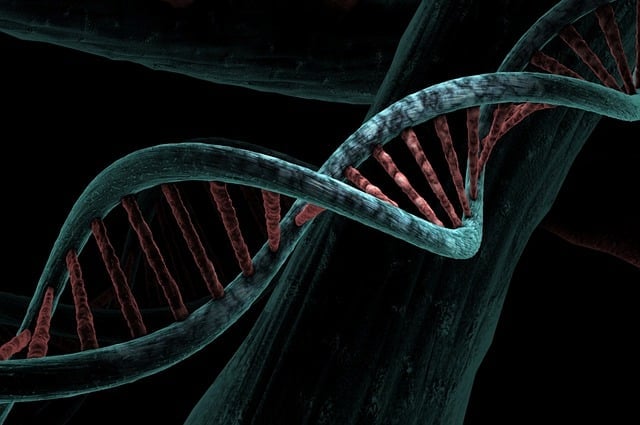Challenging Assumptions About X-Chromosome Usage in Female Development
A new study published in Nature Genetics has uncovered surprising patterns in how cells utilize maternal and paternal X-chromosomes across different organs and tissues. The research, conducted by the Lymphoid Development Group at the MRC Laboratory of Medical Sciences, challenges long-held beliefs about X-chromosome activation in biologically female individuals.
Previously, scientists thought that the usage of maternal and paternal X-chromosomes was roughly equal throughout the body. However, this new study reveals that different organs may show a strong preference for using either the maternal or paternal X-chromosome. This discovery provides crucial insights into the developmental processes of individuals with two X chromosomes.
Competitive Cell Dynamics and Genetic Variation
The research team, led by Matthias Merkenschlager, found that cells compete for dominance based on which X-chromosome they express. This competition can lead to significant skewing in X-chromosome usage across different tissues. In some individuals, organs like the heart might primarily use the X-chromosome from one parent, while immune cells almost exclusively utilize the X-chromosome from the other parent.
Merkenschlager explained, “We realized that when cells chose one of their two X chromosomes over the other, they also chose which set of genetic variants to express. As a result, individual cells express distinct genetic variants.”
The study focused on a specific gene called STAG2, located on the X-chromosome. Researchers discovered that cells with a variant form of STAG2 failed to develop into immune cells called lymphocytes in females carrying both the variant and common versions of STAG2 on their X-chromosomes. Interestingly, this limitation didn’t occur in males (who have only one X-chromosome) or in females where both X-chromosomes carried the variant.
This finding suggests that the presence of cells expressing the common version of STAG2 actively prevents cells with the variant from forming lymphocytes. It reveals a complex interplay between genetic variants and cellular competition in shaping tissue development.
Why it matters: This research has significant implications for our understanding of human development and disease. The selective usage of X-chromosomes in different tissues could influence an individual’s susceptibility to certain conditions later in life. It also highlights the importance of considering X-linked genetic diversity when studying developmental processes and diseases.
For the general public, this study offers a new perspective on how our genetic makeup influences our bodies. It suggests that the genetic contributions from our parents may have more nuanced effects than previously thought, potentially impacting various aspects of our health and development.
The findings raise intriguing questions about personalized medicine and genetic counseling. If certain tissues preferentially express X-linked genes from one parent, it could affect how we interpret genetic risk factors and design targeted therapies.
Teresa Buenaventura, the study’s lead author, shared her personal curiosity sparked by the research: “Working on this project has been particularly exciting for me since it has made me curious about the contribution of each of the X chromosomes to my different tissues.”
Looking ahead, the research team plans to investigate how X-linked genetic variants shape overall organismal development. They’re also exploring whether selective X-chromosome usage in specific tissues may influence the likelihood of developing certain conditions later in life.
This study opens up new avenues for research in developmental biology, genetics, and personalized medicine. By understanding the complex interplay between X-chromosomes and tissue development, scientists may gain new tools for predicting and potentially preventing X-linked disorders.
As we continue to unravel the intricacies of human genetics, this research reminds us that our bodies are mosaics of genetic expression, with each tissue telling its own unique story of parental inheritance and cellular competition.
If our reporting has informed or inspired you, please consider making a donation. Every contribution, no matter the size, empowers us to continue delivering accurate, engaging, and trustworthy science and medical news. Independent journalism requires time, effort, and resources—your support ensures we can keep uncovering the stories that matter most to you.
Join us in making knowledge accessible and impactful. Thank you for standing with us!

